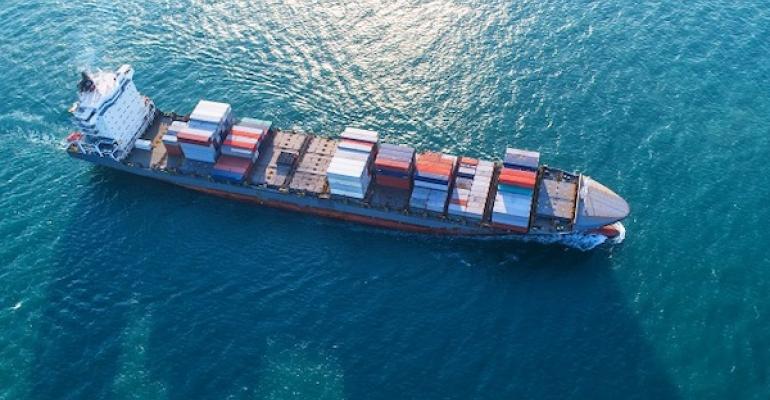The container market is facing “a series of existential fears” that could dent shipping demand in the future, according to Drewry, prompting the consultant to downgrade its growth forecast.
Drewry has highlighted concerns of a slowing global economy stoked by the US-China trade war, escalating geo-political tension in many regions of the world and an industry grappling with challenging new emission regulations.
Shipping demand could be further dented by the regionalisation of manufacturing supply chains and growing momentum behind a low carbon, environment-first campaign that has the potential to fundamentally change global consumption habits.
These reasons have led to Drewry downgrading its forecast for global port throughput growth in 2019 to 3%, from its previous prediction of 3.9%.
“We remain confident that world trade will rebound in 2020, but much will depend on developments outside of carriers’ control,” said Simon Heaney, senior manager, container research at Drewry.
“Further spreading of protectionist policies could stunt growth, particularly if the US aims its tariff target at other trading partners. However, there could be some upside for trade if more manufacturing production is relocated outside of China. The Asian export powerhouse has progressively reduced its requirement for foreign inputs, choking off demand for intermediate goods, so any shift to less self-reliant economies should give trade a bit of a kick-start,” Heaney said.
Read more: China container exports to US down 6.5% during January-May amid trade war
In such unpredictable times, Drewry believes the risk of temporary supply disruption is heightened.
In the transpacific market, for example, differences of opinion over the strength of the third quarter peak season have led to divergent strategies from carriers. Some lines are placing extra loaders into the trade, indicating they expect a repeat of last year’s cargo rush, while others are more circumspect, announcing blanked sailings to protect load factors and spot freight rates.
“Carriers can be forgiven for not having all of the answers in such times. There will undoubtedly be some errors along the way and the risk of temporary supply issues has undoubtedly been raised, either from too many cancelled sailings or misplaced capacity transfers between trades,” Heaney said.
Copyright © 2024. All rights reserved. Seatrade, a trading name of Informa Markets (UK) Limited. Add Seatrade Maritime News to your Google News feed.


